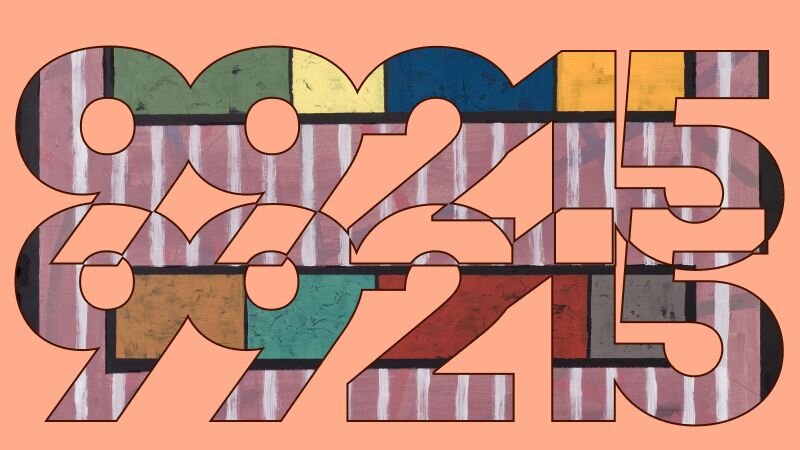
How to use CPT code 90836
Code 90836 represents an add-on for 38-52 minutes of psychotherapy with an E/M code.

Learn more about how to use ICD-10 F codes for mental, behavioral, and neurodevelopmental disorders.
Billing for mental health services can be complicated, especially if you work with insurance companies. Let’s say you just finished a 60-minute talk therapy session for a client with major depressive disorder. Along with the CPT code to represent the type of service you provided, you’ll need to include an ICD-10 code that aligns with your client’s diagnosis.
Using the right code the first time you bill a payer is a key component of compliance — and making sure you get paid for your work in a timely manner. Below, learn more about how to use ICD-10 F codes for mental, behavioral, and neurodevelopmental disorders.
The ICD-10 is the International Classification of Diseases, 10th Revision, used by medical providers in medical records, billing, and treatment plannings. Specifically, ICD-10 F codes classify mental, behavioral, and neurodevelopmental disorders commonly diagnosed by mental health providers. Accurate coding helps ensure proper diagnosis and treatment and insurance reimbursement.
ICD-10 codes are updated each year on the first day of October. Some codes may be removed altogether, while others are updated or added. You can refer to ICD-10 Diagnosis Code Changes for recent updates to ICD-10 coding conventions that may impact you as a therapist.
ICD-10 and CPT codes go hand in hand for compliant billing. While ICD-10 codes indicate your client’s diagnosis, or why you’re billing the payer, CPT codes convey the service for which you’re billing.
For example, you’d use an ICD-10 code to communicate you’re treating a client with generalized anxiety disorder. A CPT code would represent the treatment for that client’s condition, such as a 60-minute psychotherapy session.
ICD-10 F codes encompass mental, behavioral, and neurodevelopmental disorders. These codes are organized into specific diagnostic groupings that help clinicians and coders accurately classify a wide range of psychiatric and psychological conditions.
The main categories and their code ranges are as follows:
Some ICD-10 F codes are used more frequently by therapists than others. The most common ICD-10 F codes at Headway include:
Use this code for clients experiencing excessive and persistent worry and anxiety for at least six months. Along with difficult-to-control worry, symptoms of generalized anxiety disorder may include restlessness, difficulty concentration, irritability, muscle tension, and sleep problems.
This code applies when a client has had at least one prior depressive episode and is currently experiencing moderate symptoms, including low mood, diminished interest in normal activities, and sleep and appetite changes.
It differs from mild or severe episodes based on symptom intensity. Whereas severe episodes interfere drastically with someone’s daily activities, mild episodes present with symptoms but do not significantly impair functioning.
Use this code for clients struggling with a recent identifiable stressor, such as job loss or divorce, who exhibit both anxiety and depression symptoms that are out of proportion to the stressor but do not meet criteria for GAD or major depressive disorder. Adjustment disorder with only anxiety or depression can also be used.
This is a general code that represents anxiety symptoms that don’t fit neatly into a specific anxiety disorder, such as GAD, panic disorder, OCD, or phobias. It can be useful when a client’s symptoms are unclear or evolving over time.
Use this code for clients who have experienced trauma and continue to struggle with symptoms such as intrusive thoughts, avoidance, and hyperarousal for more than three months. Chronic PTSD suggests prolonged stress beyond the acute phase.
This code is used when a client presents with depressive symptoms that seem like major depressive disorder, but the severity, recurrence status, or specific features aren’t clearly defined.
Compliant coding and billing are essential parts of a successful practice, but they can be stressful and time-consuming. Headway makes getting paid a breeze by taking the administrative load of coding and billing off of mental health providers. Instead of spending time looking up codes and submitting insurance claims, you can focus your energy on helping your clients thrive.

Code 90836 represents an add-on for 38-52 minutes of psychotherapy with an E/M code.

Learn about supervisory billing with Headway’s in-depth guide and FAQs.

Code 99215 represents an existing patient appointment that’s at least 40 minutes in duration.